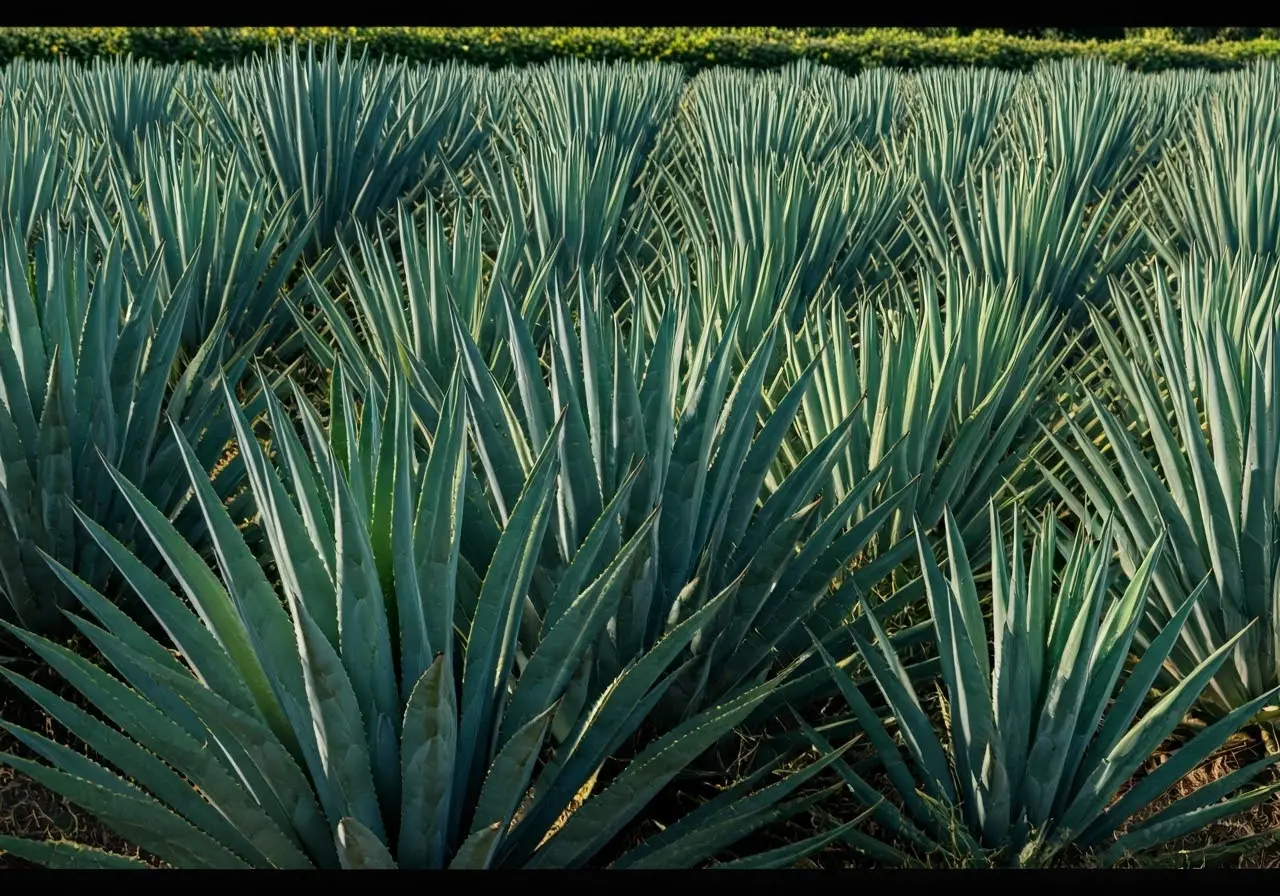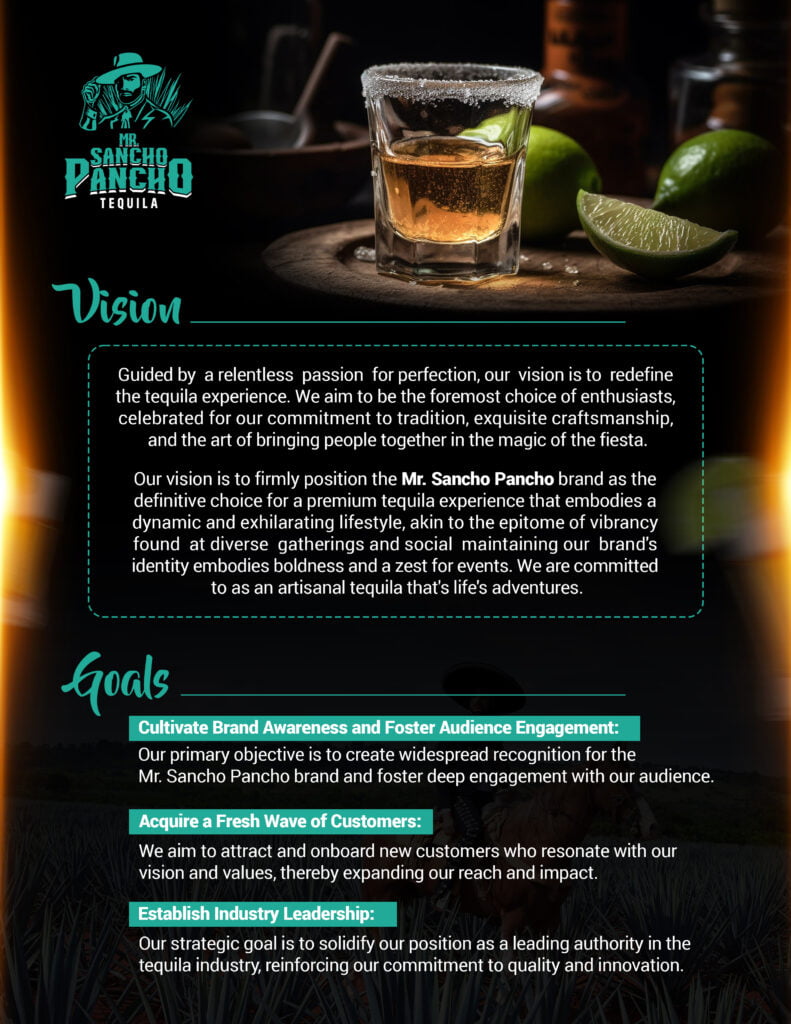Blanco tequila, known for its pure and unaged character, has a captivating journey from the agave fields to the bottle. This journey encompasses meticulous processes and artistry that result in a spirit celebrated worldwide. In this blog, we’ll explore each step of this fascinating voyage.
The Origins: Harvesting the Agave
The journey begins in the sprawling fields of blue agave, the heart and soul of tequila production. These succulent plants require years of growth before they are ready for harvest. Jimadores, skilled agave farmers, hand-select and cut the agave piñas, demonstrating impressive precision and expertise.
In the sun-drenched regions of Jalisco and nearby areas, the blue agave thrives best. The agave’s unique growing conditions, including the soil, climate, and altitude, significantly contribute to the flavor profile of the final blanco tequila. The expertise of the jimadores is integral; they can recognize when the plant is at its optimal maturity, a skill often passed down through generations.
Each jimador uses a special tool called a coa to cut away the sharp leaves, revealing the agave heart, or piña. The precision in this task ensures that only the ripest piñas are selected, a crucial step in maintaining the quality of the tequila. This traditional method highlights the balance between human skill and nature’s bounty, which forms the foundation of blanco tequila’s authenticity.
After the selection and harvesting, the piñas are skillfully trimmed of their spiky leaves, leaving behind the core. This careful preparation is crucial, as it influences the sweetness and final flavor profile. Transporting these piñas to the next phase involves a concerted effort, ensuring that they remain intact and ready for the next transformative process.
Cooking the Piñas: A Steamy Process
Once harvested, the piñas are transported to the distillery where they are slow-cooked. Traditionally, this is done in large clay ovens, a method that extracts the sweet juices from the agave heart. This cooking process is crucial as it transforms the complex carbohydrates into fermentable sugars.
The use of clay ovens, or hornos, is a time-honored method that ensures the even cooking of the agave hearts. This process can take up to 72 hours but is essential for breaking down the fibers and converting the agave’s starches into fermentable sugars. The sweet aroma of the cooking agave fills the air, signaling the start of the transformation from plant to spirit.
As an alternative to the traditional clay ovens, some distilleries use stainless steel autoclaves, which can cook the agave piñas at a higher pressure and reduced time. While more efficient, this method offers a slightly different flavor profile, highlighting the producer’s choice between artisanal methods and modern efficiency.
During the cooking process, the agave piñas soften and caramelize, developing a rich, sweet flavor. This preparation is vital as it impacts the overall taste of the blanco tequila. The cooked agave retains its distinctive sweet and slightly smoky profile, setting the stage for subsequent steps that will further refine its essence.
Crushing and Extracting the Juice
After cooking, the piñas are crushed to extract their precious juice. This step can be performed using a traditional stone tahona wheel or more modern mechanical methods. The extracted juice, rich with agave sweetness, is then ready for fermentation.
The ancient tahona wheel, often made of volcanic stone, slowly grinds the cooked agave, ensuring a gentle extraction of the juice, or aguamiel. This traditional method preserves the intricate flavors and distinct characteristics of the agave, contributing to the complexity and depth of the final product.
Modern distilleries might opt for a mechanical shredder or roller mill, offering a more efficient way to extract the juice. These machines can process larger quantities of agave, but the essence of the process remains the same—liberating the sweet nectar that will become tequila. Each method imparts its own unique influence on the blanco tequila’s final taste.
After crushing, the fibrous remnants of the agave, also known as bagazo, are often used as compost or fuel for the distillery, ensuring that every part of the plant is utilized. The extracted aguamiel, now ready for fermentation, captures the lifeblood of the blue agave, carrying forward its flavor and essence.
Fermentation: Turning Juice into Alcohol
The agave juice is poured into fermentation tanks where natural or added yeasts convert the sugars into alcohol. This stage typically takes several days and is greatly influenced by factors such as temperature and yeast strain, contributing to the final flavor profile of the blanco tequila.
Traditional open-air fermentation tanks, often made of wood, allow wild yeasts to interact with the agave juice. This method can result in unique and complex flavors, depending on the yeasts present in the environment. Modern steel tanks provide more control over the fermentation process, reducing variables and ensuring consistency in production.
The duration of fermentation can vary, typically ranging from three to seven days. The ambient temperature, the specific yeast strain, and even the altitude can influence how quickly and effectively fermentation occurs. Each batch is closely monitored to ensure it develops the desired characteristics intended by the master distiller.
As fermentation progresses, the natural sugars in the agave juice are transformed into alcohol. The resulting liquid, known as mosto, exhibits a balance of sweet and acidic notes, embodying the essence of the agave. This crucial phase sets the stage for the distillation process, where these flavors will be further refined and concentrated.
Distillation: Refining the Spirit
Next, the fermented liquid undergoes distillation, usually twice, in traditional copper pot stills or stainless steel stills. This process purifies the alcohol and concentrates its flavors. For blanco tequila, the spirit is typically bottled shortly after distillation, preserving its raw agave essence.
The first distillation, known as the ‘destrozadera,’ separates the alcohol from the majority of the water and impurities. This initial distillate, called ordinario, is then subjected to a second distillation, or ‘rectificación,’ which further refines the liquid, enhancing purity and concentrating the flavors.
Copper pot stills are favored for their ability to impart subtle complexities to the tequila, as the copper interacts with the distillate, removing unwanted compounds and enhancing the final flavor. Stainless steel stills offer greater efficiency and consistency, protecting the integrity of the agave’s essence throughout the process.
During the distillation process, the master distiller makes careful cuts to separate the heads, hearts, and tails of the distillate. The heart, or ‘el corazón,’ is the most refined portion, rich in desirable flavors and characteristics. This precise selection ensures that only the best part of the distillate is used in making blanco tequila.
Bottling: The Final Touch
The final step is bottling the blanco tequila. Great attention is given to ensure the purity and quality of the tequila at this stage. Each bottle is a culmination of the hard work, tradition, and craftsmanship involved in the entire journey from agave field to bottle.
Before bottling, the distilled tequila may be filtered to remove any remaining impurities and to stabilize the spirit. This ensures that the final product is crystal clear, with a pure representation of its agave origins. This step is crucial in maintaining the pristine quality that blanco tequila is renowned for.
Bottling is often accompanied by a sense of ceremony, reflecting the tradition and pride embedded in each batch of tequila. From hand-etched labels to artisanal bottle designs, every detail is meticulously planned to honor the cultural heritage of tequila making. This final presentation is as much a celebration of the artistry involved as it is a reflection of the quality inside.
Each bottle of blanco tequila tells a story—a testament to the dedication of all who contributed to its creation. From the jimadores who harvested the agave to the distillers who perfected its flavor, every step is imprinted in the spirit, awaiting the moment it will be poured and savored. The journey from harvest to bottle, steeped in tradition and scrupulous care, defines the essence of blanco tequila.
A Toast to Tradition and Craftsmanship
The journey of a blanco tequila from harvest to bottle is a remarkable blend of tradition, expertise, and commitment. Each phase reflects the dedication of the artisans who ensure that every sip of blanco tequila is a testament to its rich heritage and purity.















